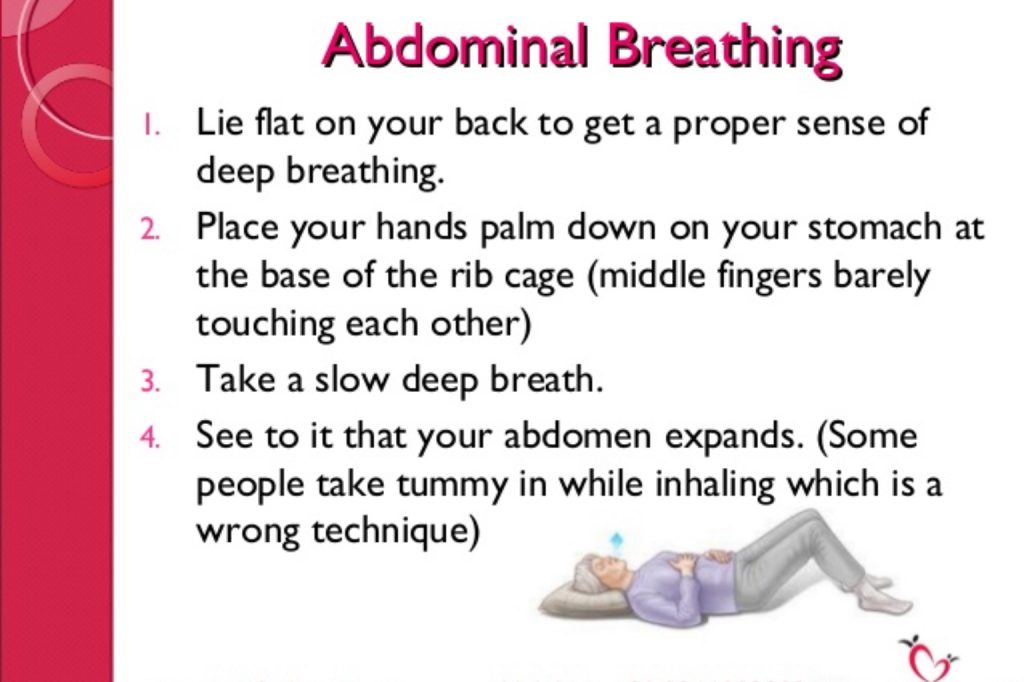LATERAL EPICONDYLITIS AKA “TENNIS ELBOW”
What is it and who gets it?
Tennis Elbow is a painful condition of the elbow, caused by overuse. Inflammation, or in some cases- micro-tears of the tendons located on the outside of the elbow cause pain associated with Tennis Elbow. Racket sports players including pickleball and racquetball are very commonly affected by Lateral Epicondylitis because of the repetitive motions involved in striking the ball.

Influence of Paddle Properties on Injuries
Paddle Core Thickness: Energy transference is key here. A thin core paddle absorbs less energy than a thicker core, and the body absorbs more of the mechanical load of the hit. Thin Core Paddles will likely be lighter, and provide more agility and “pop”, while paddles with a thicker core will provide more consistency and control. A thicker paddle will reduce strain on the arm.
Grip: lower force grips have been shown to reduce mechanical
loads placed on the arm.
Strike Location: Off- center ball impacts result in greater vibration magnitude than hits at center.
Why does it happen?
Capacity vs. Demand: All musculoskeletal structures in the body have a limited capacity for stress. Once demand placed on structures is higher than tissue capacity, injury can occur. Tennis elbow is a prime example of demand exceeding capacity over time.
Prevention
Make sure your paddle or racket is a good fit for you! Lighter weight, thicker core and larger grips may help to reduce strain on tendons. Use your core and lower body to generate power rather than just your arm
Stretch & Strengthen forearms daily
At Home Exercises
Exercise 1
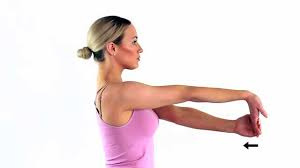
Step 1: Palm faces up and away from you, gently press fingers back toward your body

Step 2: Continue the stretch by alternating between bending your elbow and straightening
Tip: Y ou can try this stretch on the wall, or with your hand on a table, fingers facing you
Exercise 2
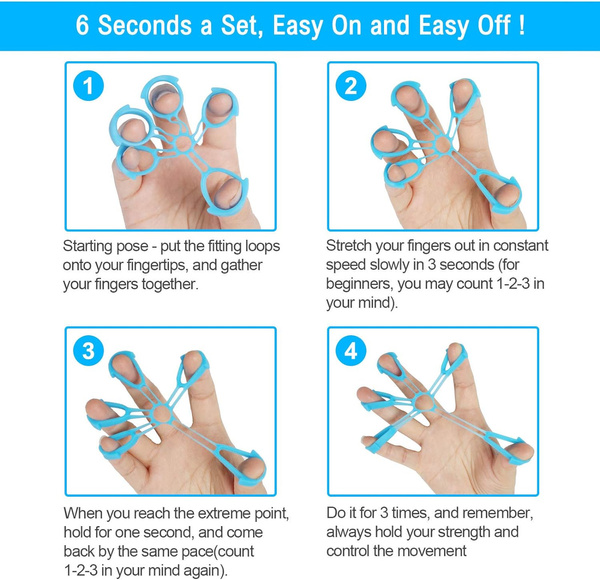
Exercise 3
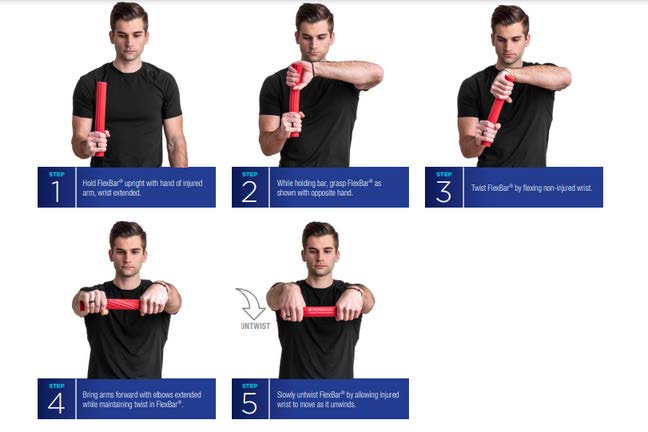
We Can Help! The team at Linebarger Chiropractic is ready to help guide you through recovery and strengthening! Feel free to call or walk-in to our clinic and we can help you get back to the game you love!

 Gallatin’s Greatest Chiropractor 2023!
Gallatin’s Greatest Chiropractor 2023!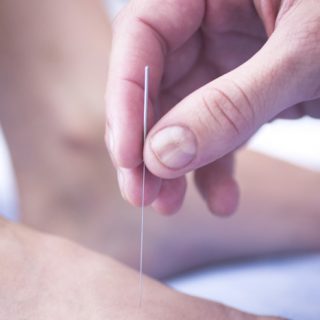 Experience Dry Needling for Pain Treatment from Linebarger Chiropractic
Experience Dry Needling for Pain Treatment from Linebarger Chiropractic
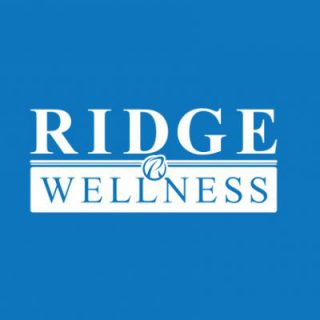 Great Things are Coming!
Great Things are Coming!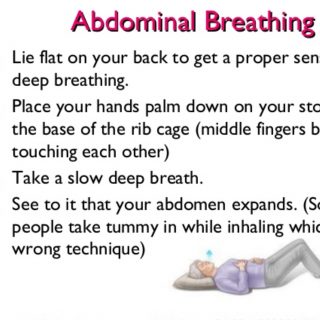 Proper Breathing Techniques
Proper Breathing Techniques